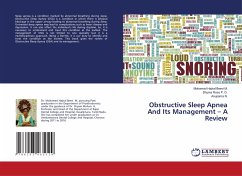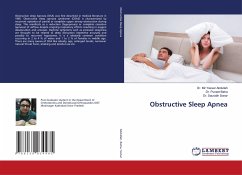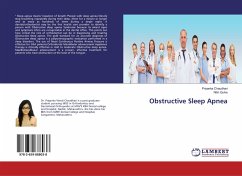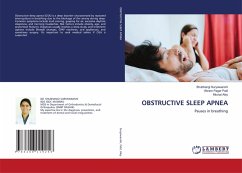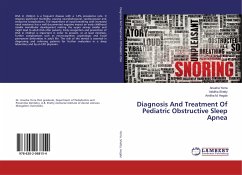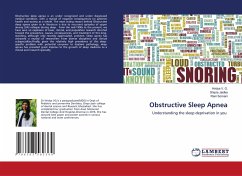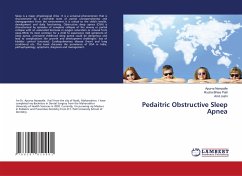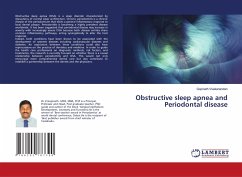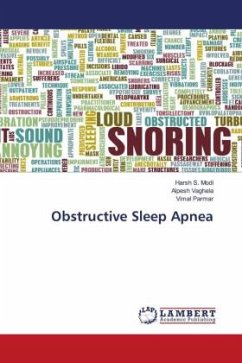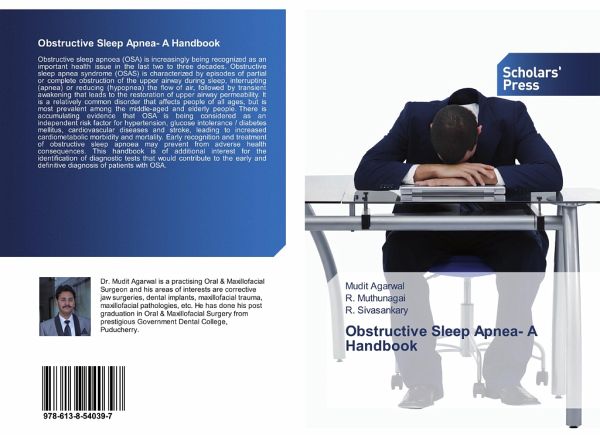
Obstructive Sleep Apnea- A Handbook
Versandkostenfrei!
Versandfertig in 6-10 Tagen
30,99 €
inkl. MwSt.

PAYBACK Punkte
15 °P sammeln!
Obstructive sleep apnoea (OSA) is increasingly being recognized as an important health issue in the last two to three decades. Obstructive sleep apnea syndrome (OSAS) is characterized by episodes of partial or complete obstruction of the upper airway during sleep, interrupting (apnea) or reducing (hypopnea) the flow of air, followed by transient awakening that leads to the restoration of upper airway permeability. It is a relatively common disorder that affects people of all ages, but is most prevalent among the middle-aged and elderly people. There is accumulating evidence that OSA is being c...
Obstructive sleep apnoea (OSA) is increasingly being recognized as an important health issue in the last two to three decades. Obstructive sleep apnea syndrome (OSAS) is characterized by episodes of partial or complete obstruction of the upper airway during sleep, interrupting (apnea) or reducing (hypopnea) the flow of air, followed by transient awakening that leads to the restoration of upper airway permeability. It is a relatively common disorder that affects people of all ages, but is most prevalent among the middle-aged and elderly people. There is accumulating evidence that OSA is being considered as an independent risk factor for hypertension, glucose intolerance / diabetes mellitus, cardiovascular diseases and stroke, leading to increased cardiometabolic morbidity and mortality. Early recognition and treatment of obstructive sleep apnoea may prevent from adverse health consequences. This handbook is of additional interest for the identification of diagnostic tests that would contribute to the early and definitive diagnosis of patients with OSA.



